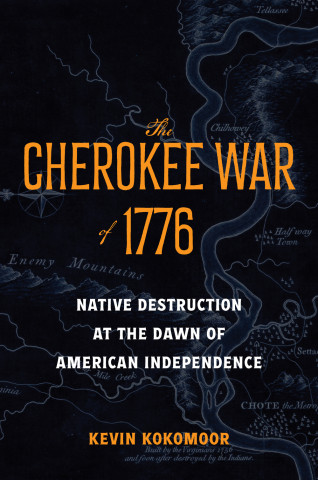
Reviews
Heinrich has written a detailed, compelling account of iron and steel shipbuilding... This is a finely crafted book on a fascinating period when technical transformations, political compromises, broad economic changes, and world power aspirations reconfigured American shipbuilding... Well-designed and nicely illustrated.
A comprehensive study of Philadelphia shipbuilding in its entire historical, economic, and entrepreneurial context.
A lucid and instructive study.
Book Details
Acknowledgements
Prologue
Chapter 1: "Ship Building as Much as Possible Advanced": The Rise and Decline of Wooden Shipbuilding, 1640-1870
Chapter 2: "A Small Margin": Ironclads and the Transition from
Acknowledgements
Prologue
Chapter 1: "Ship Building as Much as Possible Advanced": The Rise and Decline of Wooden Shipbuilding, 1640-1870
Chapter 2: "A Small Margin": Ironclads and the Transition from Wooden to Iron Shipbuilding
Chapter 3: The American Clyde: Corporate and Proprietary Capitalism in the Philadelphia Maritime Economy, 1865-1875
Chapter 4: Workshop of the World: Commerce, Crafts, and Class Conflict, 1875-1885
Chapter 5: A Vicious Quality: Cramp and the Origins of the Military-Industrial Complex, 1885-1898
Chapter 6: New Departure: Growth and Crisis, 1898-1914
Chapter 7: This Machine of War: World War I
Chapter 8: What Next? The Postwar Depression, 1919-1929
Epilogue
Abbreviations
Notes
Essay on Sources
Index





